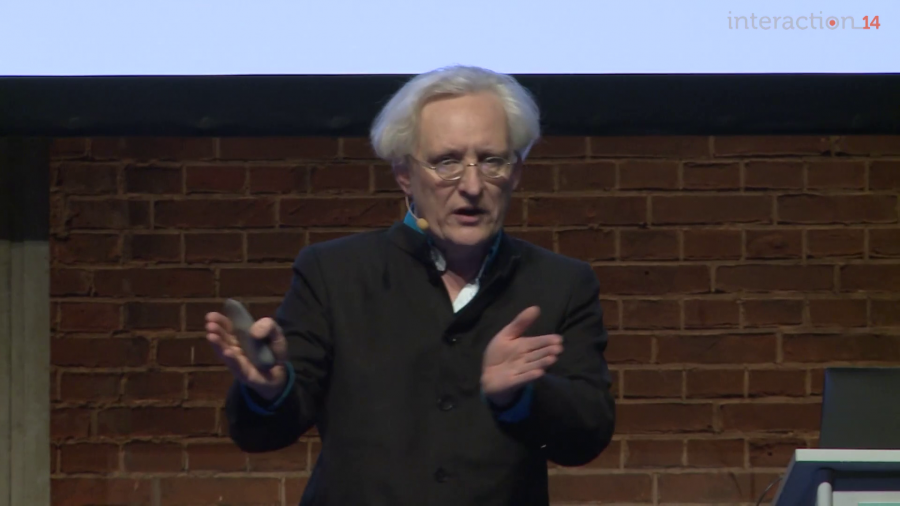The computer is being used for so many things that I claim that we have to consider the computer as part of our extended phenotype. It’s just a part of a thing that has evolved with us using memes.
Archive (Page 2 of 3)
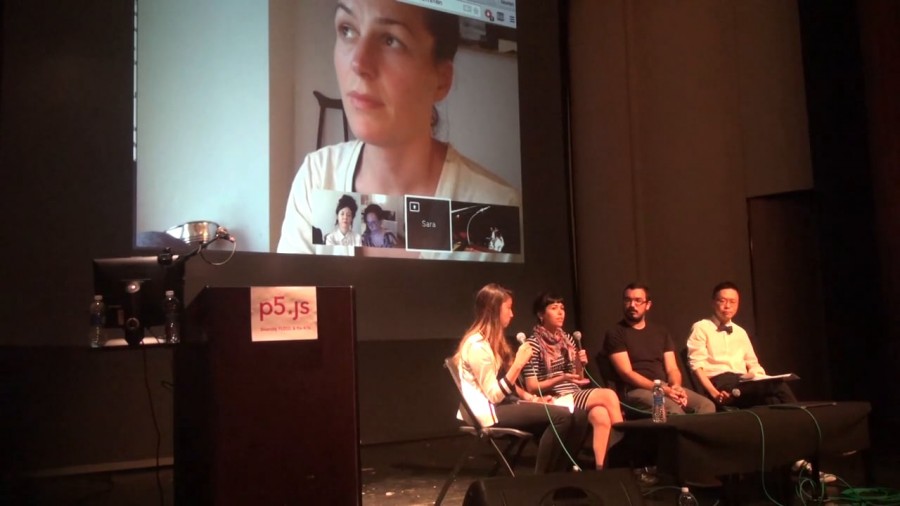
Sara Hendren: One proactive thing we do with students at Olin in their first year on team collaborative projects is we have them identify and separate the team’s goals from their individual learning goals.
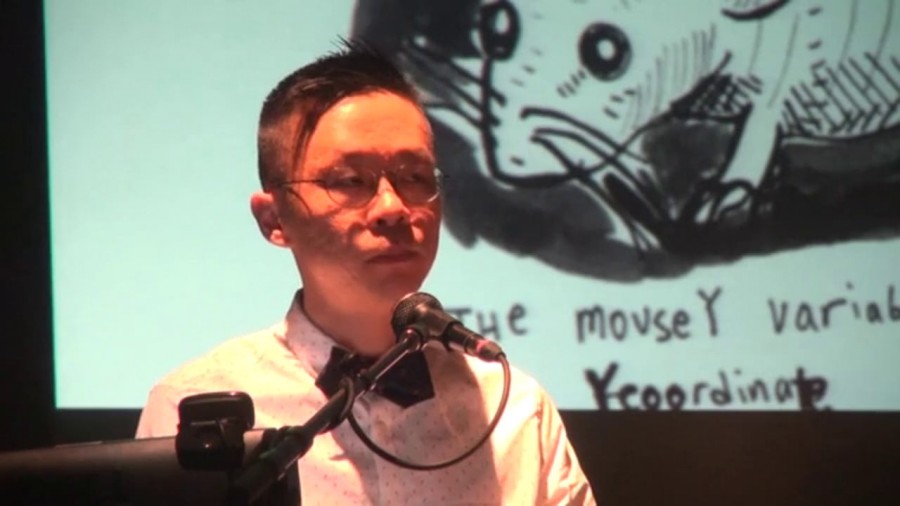
I like to diversify the way that we work with technology, and I like to think of it as an art object, and an installation where we rethink and reinvent computation, especially focusing on alternative possibilities of the computer as not driven by war agendas or corporate mass production.
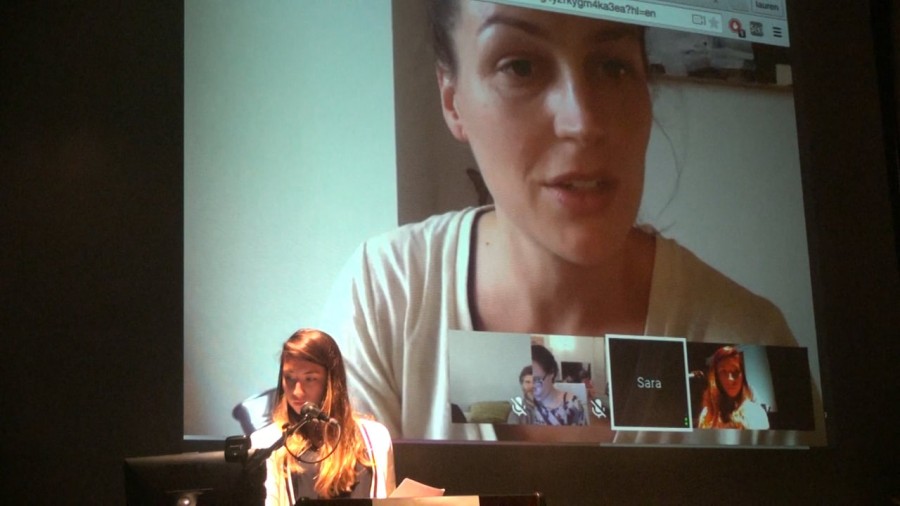
I want to talk about a general disposition toward ability and disability that I try to embody in my own work and the work that I do with students. That disposition is a kind of productive uncertainty in engineering and design.
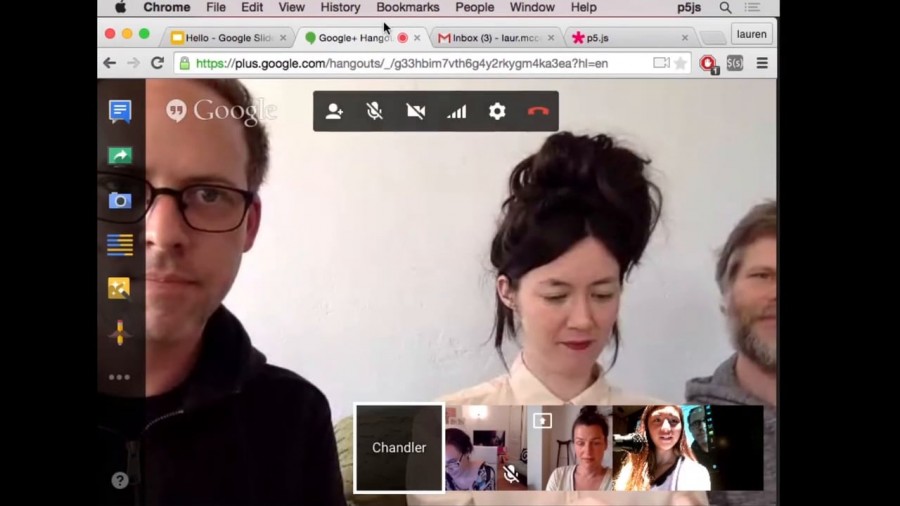
I wanted to give a talk on how to be an ally but I can’t really give that talk, so this is not a talk on how to be an ally. It’s a talk about trying to become one.
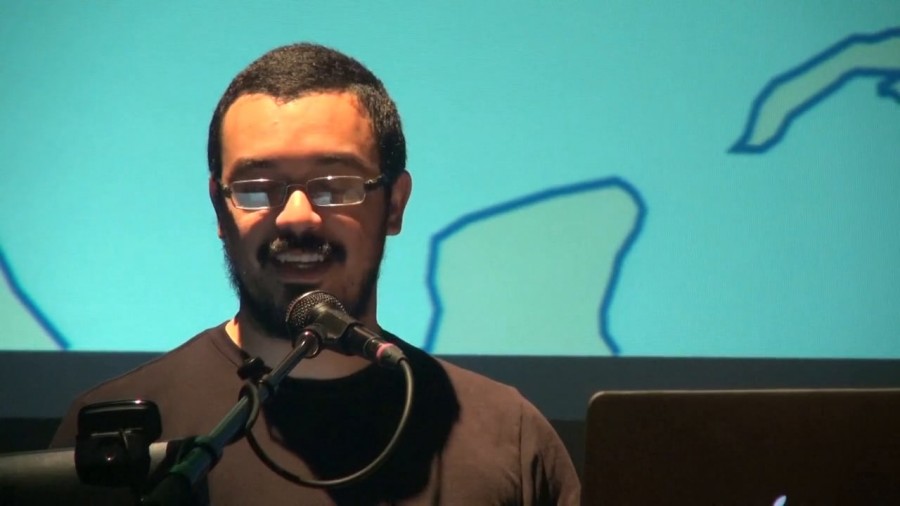
Puerto Rico has been developing an interesting art and technology community for the past few years, and it would not have happened at all if it weren’t for two people, Carola Cintrón Moscoso and Alejandro Quinteros.
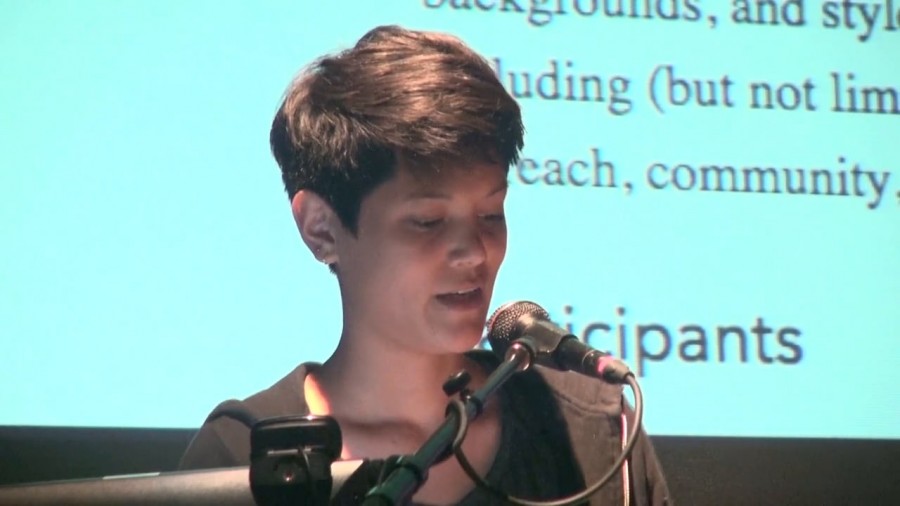
This project started two years ago when I’d been feeling like I really wanted to give back to the open-source community, but I didn’t know where to begin. I felt like the barriers were really high, and I wasn’t sure I was even welcome.
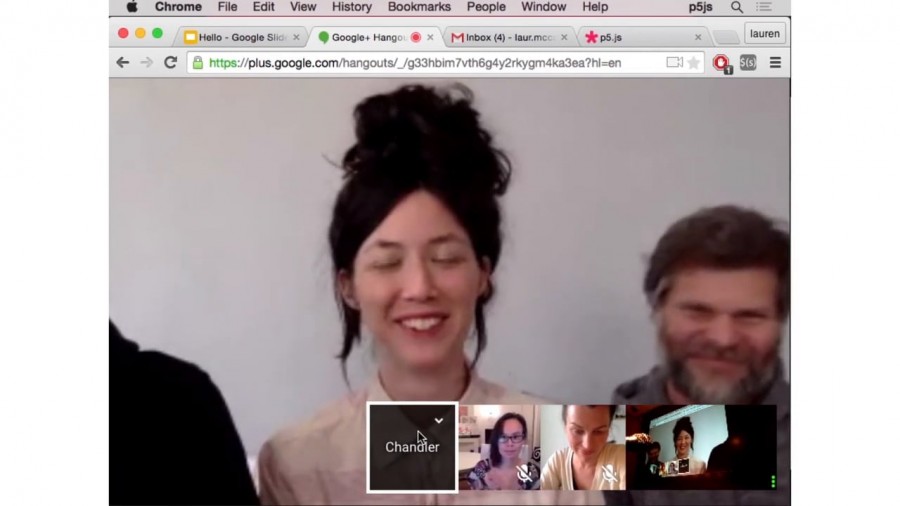
I wanted to begin my talk by making a confession that I am a total outsider to your community in the sense that I don’t usually code. I wanted to give you a little story to locate me, and how I got to where I am today in being part of this community but from a different perspective.
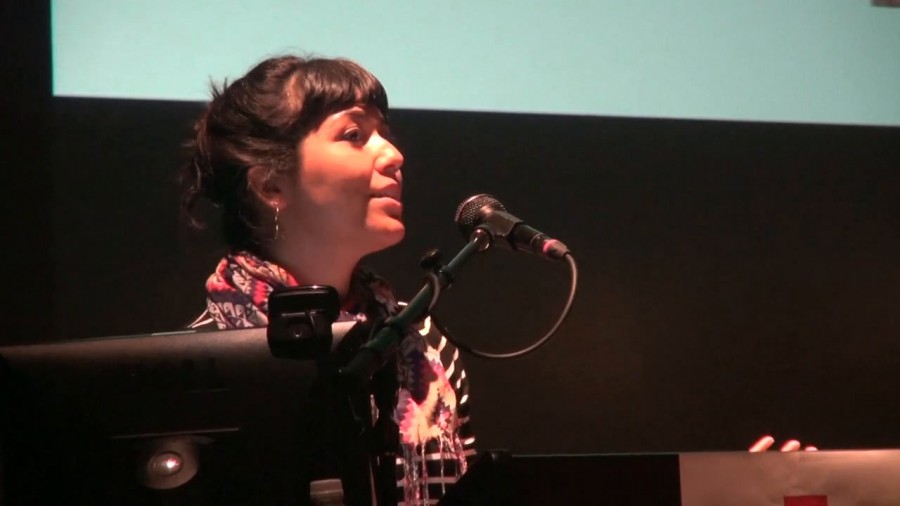
I was visiting New York, and I got to see people who were coding who did not look like the people at my startup. Who did not act like the people at my startup. It was a very different program, obviously a lot of artists. That was really interesting to me, and I was like, “Oh. These are atypical developers. Maybe I could be an atypical developer.”

